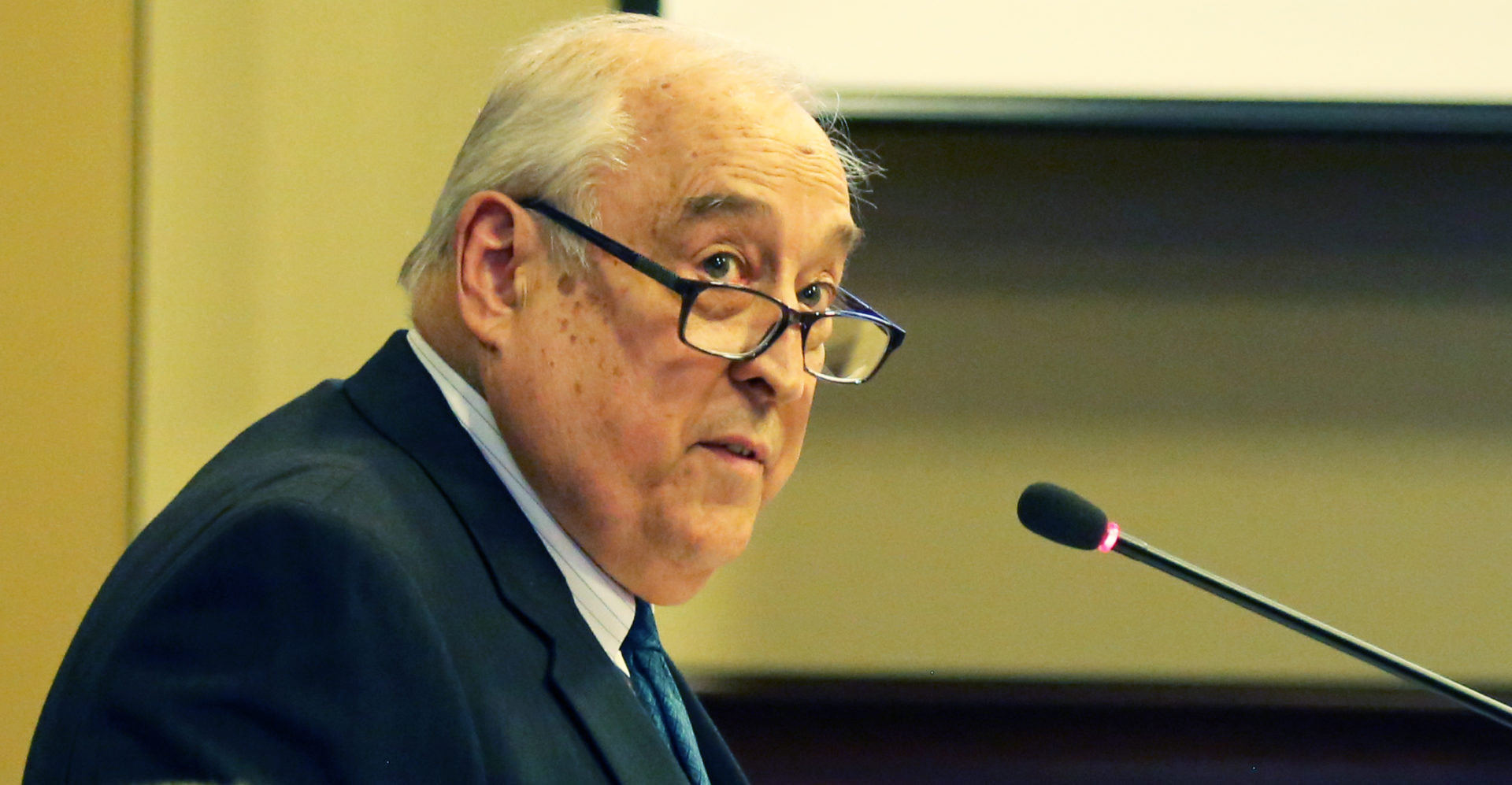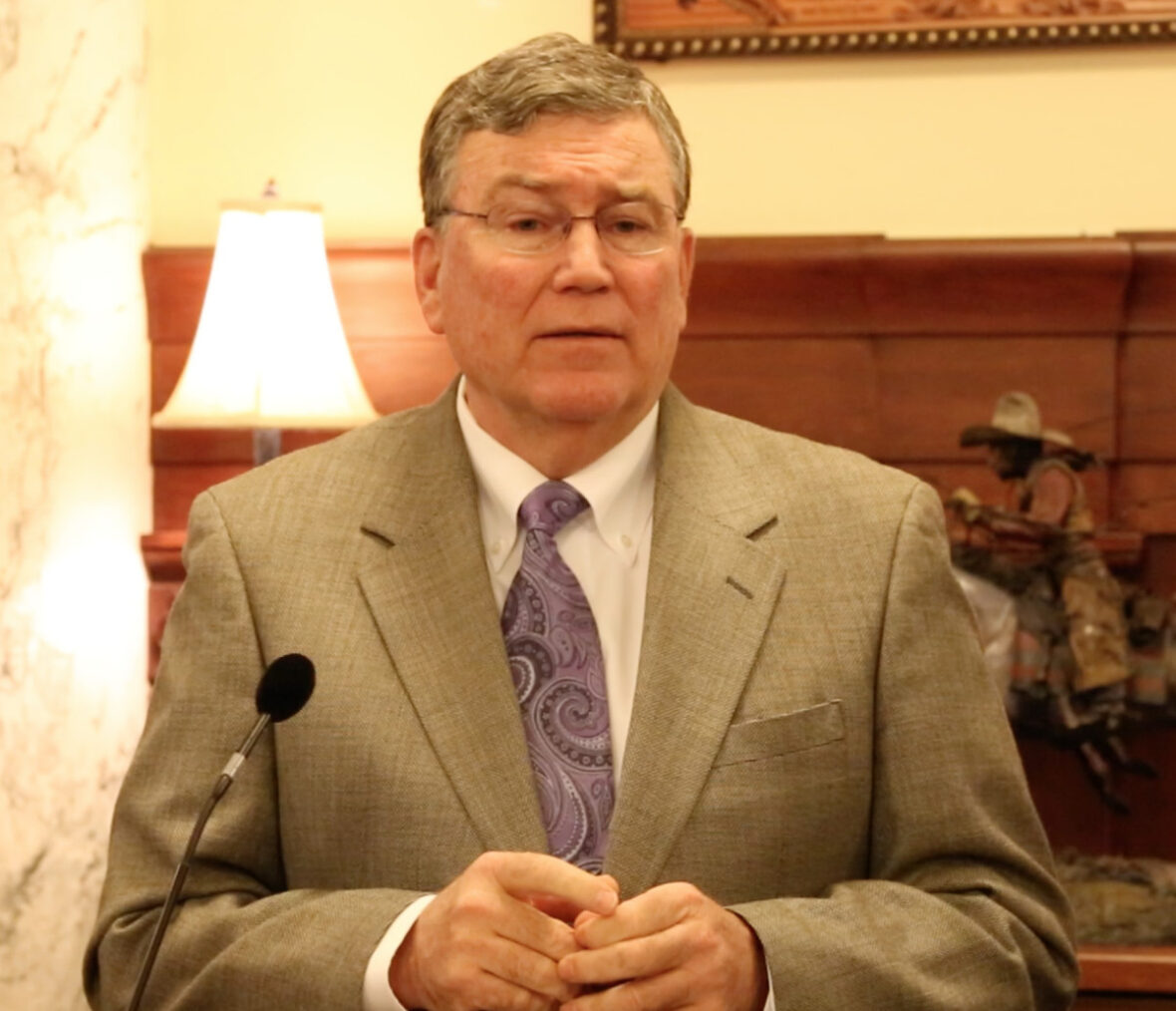With high school students signing up in droves for college-level classes, Idaho’s two- and four-year colleges are feeling the pinch.
That’s because the colleges receive only $65 per credit hour for serving dual-credit students. That’s not enough to cover their costs — and in 2016-17, the colleges subsidized dual-credit programs to the tune of more than $1.6 million.

“That is a challenge and that is a crisis,” College of Western Idaho President Bert Glandon told the Legislature’s Joint Finance-Appropriations Committee Monday morning.
The State Board of Education released a report Monday on the state’s rapidly growing dual-credit program. Junior high school and high school students can use a $4,125 taxpayer-funded allowance to pay for the courses, and get a free jumpstart on college. The program is a centerpiece of the state’s multimillion-dollar drive to convince more high school graduates to continue their education.
But this comes at a cost to the colleges, and the State Board report backed up Glandon’s concerns. The report outlines the number of credit hours awarded by Idaho’s two- and four-year schools in 2016-17, the direct and indirect cost of dual-credit programs, and the overall impact on college budgets. Here’s how the numbers break down:
| Institution | Credits awarded | Revenue/loss per hour | Overall revenue/loss |
| Idaho State University | 20,270 | +12.18 | +246,888.60 |
| Boise State University | 21,336 | -5.76 | -122,895.36 |
| North Idaho College | 3,828 | -47.04 | -180,069.12 |
| Lewis-Clark State College | 4,172 | -47.66 | -198,837.52 |
| College of Southern Idaho | 23,772 | -13.97 | -332,094.84 |
| University of Idaho | 10,052 | -44.72 | -449,525.44 |
| College of Western Idaho | 40,141 | -14.79 | -593,685.39 |
| Total | 123,571 | -1,630,219.07 |
For Nampa-based CWI, and the state’s other public colleges and universities, part of the cost is staffing. CWI has created five full-time positions to administer its dual-credit program.
Dual-credit students account for about a third of CWI’s student headcount. While dual-credit students pay $65 per credit hour, other CWI students pay $139 per credit hour.
In Twin Falls, dual credit accounts for more than half of student headcount. And with that comes a budget crunch, President Jeff Fox told lawmakers. The dual-credit students account for about 4.6 percent of the college’s overall revenue. Traditional students account for 22 percent of revenue.
And even though the dual-credit students might only take a course or two at a time, the influx of added students has an impact on everything from the college’s registrar to the billing office. “It gets embedded into the institution in different ways,” Fox told the Senate Education Committee Monday afternoon.
The advanced opportunities program has grown rapidly over recent years. In 2017-18, more than 32,000 students took part in the program, a 15 percent increase from the preceding year.
And in the State Board report, principal research analyst Bill Laude said dual-credit students are more likely to enroll in college after high school, and earn higher college GPAs than classmates who have not taken dual credit.
Gov. Brad Little wants to put $18 million into the advanced opportunities program in 2019-20, a $3 million increase. That added money is designed to cover the growing number of students who take part in the program — so it won’t necessarily cover the dual-credit cashflow crunch facing colleges and universities.
The four community college presidents took their turn making pitches to JFAC Monday morning, as the budget-writers began the Legislature’s unofficial “Education Week.” All week, JFAC hearings are dedicated to the education budgets that account for about 60 percent of the state’s general fund budget. University presidents and state superintendent Sherri Ybarra will appear before the committee this week.
The community college presidents spoke to the Senate Education Monday afternoon, and will make similar presentations before the House Education Committee Tuesday morning.
Funding formula discussion continues
The second demonstration of the proposed new school funding formula showed how much work remains to be done if the Legislature is going to make the change.

On Monday, House Speaker Scott Bedke, R-Oakley, led House Education through a 90-minute demonstration of the new formula — much like he did Thursday during a joint session of the House and Senate education committees.
As was the case Thursday, the committee did not have a bill to vote on and took no action.
Instead, the committee’s questions revealed the different places from which some legislators are approaching the issue.
A small number of legislators, like Bedke, were members of a legislative school funding formula committee, and have followed the issue for three years.
Others are newcomers just beginning their 15th day as a legislator and appeared overwhelmed with the jargon and spreadsheets and policy minutiae.
Then there is everyone in between.
At issue is a proposal to rewrite Idaho’s school funding formula and change from an attendance-based model of funding to an enrollment-based model where funding follows the student. As Bedke and others explained, the issue is about taking the amount of funding the state sets aside for K-12 schools and dividing it up differently.
Because of the amount of money involved — public school funding is the state’s largest general fund expense each year — any change to the funding formula will be important and closely scrutinized.
Bedke attempted to facilitate a discussion zeroing in on debating the finer points of fractional enrollment, funding weights to assign to economically disadvantaged students or special education students and where to draw the line on funding caps or proposed wealth adjustments.
While some legislators followed Bedke into the weeds, others implored him to slow down, asked him repeatedly for definitions of key terms and wondered whether different color coding schemes could be used on the spreadsheets.
Still others appeared to focus on the specific funding levels JFAC will be asked to set — not House Education’s policy work of developing and defining a new funding formula.
“I think we talked past each other just now,” Bedke said at one point.
“Your point is very well taken, we’re out in the weeds right now,” Bedke said at another.
House Education Chairman Lance Clow, R-Twin Falls, realized the committee may need to slow down or it will risk losing some legislators.
“We’re going through trying to bring you up to speed on three years of discussion of the interim committee and we’re hoping to do it in an hour and a half,” Clow said.
Vice Chairman Ryan Kerby, R-New Plymouth, said a bill to enact funding formula changes could make its Statehouse debut in a week or two.
Meanwhile, Senate Education will likely hold its own workshop session with the formula, probably next week.
Idaho Education News reporter Clark Corbin contributed to this report.
